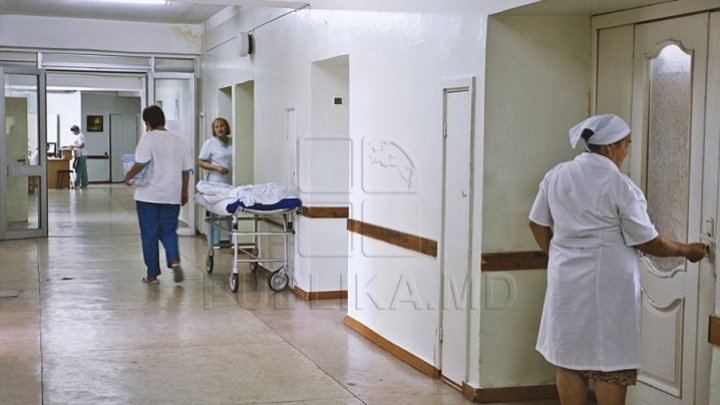Increasing cases diagnosed with scarlet fever. What are symptoms of this disease?
 foto: publika.md
foto: publika.md
More and more people are diagnosed with scarlet fever, according to National Agency for Public Health. In the first three months, over 700 cases were registered, 200 cases more than the same period last year.
Children cases accounted for 98% the total and more cases recorded in Chisinau, Floreşti and Bălţi. Since the beginning of this year, 56 children were treated in Municipal Clinic Hospital for Child Contagious Disease in Chisinau.
There are 9 children hospitalized for scarlet fever in this hospital at present. The risk to get scarlet fever in this season is higher, say the doctors.
"It's a contagious sickness particularly for children. Adults and school-age children also get this disease. Its season is in winter, spring and autumn", said Diana Vlad, infectious disease doctor at Municipal Clinic Hospital for Child Contagious Disease.
Persons from National Agency for Public Health say that majority of cases were treated in time and infection was not widespread. The only serious case is at a kindergarten in Botanica sector of Chisinau. A preschool child was infected with fever for couples of days and other seven children got it as well.
"The child got fever from April 9 till April 13. Other seven children also got it. We took all measures necessary. All children are verified in every morning. A group was also kept in isolation until next Monday and we hope there will no more cases", said Şuparascaia Galina, director of kindergarten no. 49.
According to doctors, children aged 3-10 are prone to this disease.
"Unfortunately, there's not vaccine for this fever at present. We need to respect hygiene measures to protect children", said Veceslav Guţu, epidemiologist of National Agency for Public Health.
The signs and symptoms that give scarlet fever its name include:
- Red rash. The rash looks like a sunburn and feels like sandpaper. It typically begins on the face or neck and spreads to the trunk, arms and legs. If pressure is applied to the reddened skin, it will turn pale.
- Red lines. The folds of skin around the groin, armpits, elbows, knees and neck usually become a deeper red than the surrounding rash.
- Flushed face. The face may appear flushed with a pale ring around the mouth.
- Strawberry tongue. The tongue generally looks red and bumpy, and it's often covered with a white coating early in the disease.
The rash and the redness in the face and tongue usually last about a week. After these signs and symptoms have subsided, the skin affected by the rash often peels. Other signs and symptoms associated with scarlet fever include:
- Fever of 101 F (38.3 C) or higher, often with chills
- Very sore and red throat, sometimes with white or yellowish patches
- Difficulty swallowing
- Enlarged glands in the neck (lymph nodes) that are tender to the touch
- Nausea or vomiting
- Headache